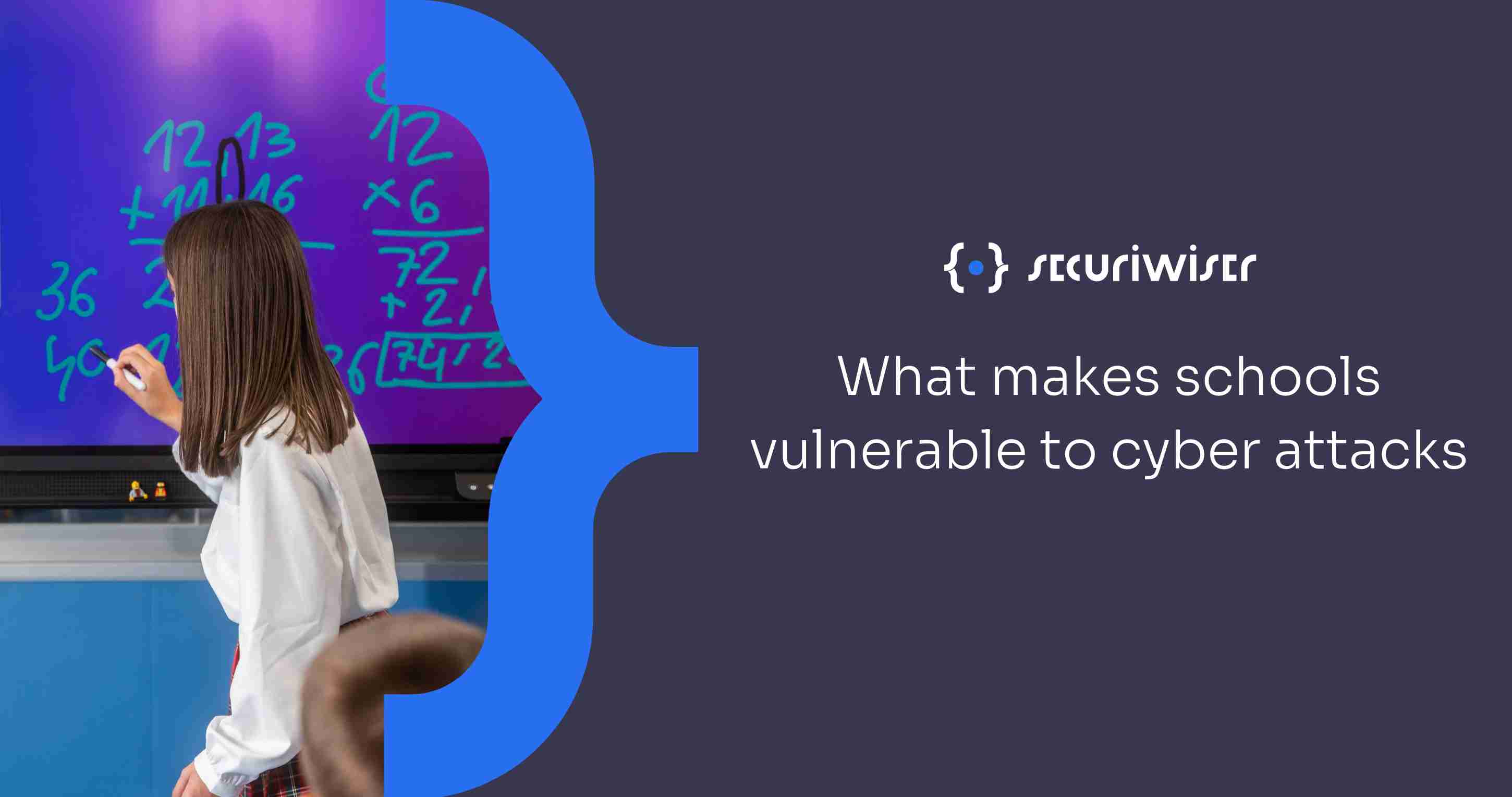What makes schools vulnerable to cyber attacks
Blog / What makes schools vulnerable to cyber attacks
2 MIN READ

Schools today increasingly rely on technology for educational purposes, administrative tasks, and communication. However, this reliance on digital tools also exposes educational institutions to a variety of cybersecurity threats.
From outdated systems to limited budgets, schools face numerous challenges in safeguarding their digital environments. This blog explores some of the most pressing vulnerabilities in school cybersecurity and highlights the importance of addressing these issues to protect sensitive data and maintain a secure learning environment.
1. Outdated Systems and Software
One of the primary cybersecurity vulnerabilities in schools is the use of outdated systems and software. Many educational institutions operate on tight budgets, which often leads to the continued use of older hardware and software that no longer receive updates or support from manufacturers. These outdated systems are particularly vulnerable to cyberattacks, as they lack the latest security patches and enhancements.
For instance, an older operating system may have known vulnerabilities that cybercriminals can exploit easily. Similarly, unsupported software applications may contain security flaws that have not been addressed. As a result, schools using such systems are at a heightened risk of data breaches, ransomware attacks, and other cyber threats.
2. Lack of Cybersecurity Awareness Among Staff and Students
Another significant vulnerability in school cybersecurity is the lack of awareness and training among staff and students. Cybersecurity is a rapidly evolving field, and without proper education and training, individuals may not recognize the potential threats or know how to respond to them effectively.
Teachers, administrators, and students often fall victim to phishing scams, malware, and other cyber threats due to a lack of understanding of basic cybersecurity principles. For example, a teacher might unknowingly click on a malicious email link, or an admin staff might use a weak password that is easily compromised.
To mitigate these risks, schools need to implement comprehensive cybersecurity training programs that educate all users on best practices for maintaining digital security.
3. Limited IT Resources and Budget Constraints
Schools frequently operate with limited IT resources and budget constraints, making it difficult to implement robust cybersecurity measures. Many educational institutions lack dedicated IT staff or cybersecurity experts, relying instead on a small team to manage all technology-related tasks. This lack of resources can result in inadequate monitoring, delayed responses to security incidents, and insufficient maintenance of cybersecurity tools.
Budget constraints also mean that schools may not be able to invest in advanced security technologies, such as firewalls, intrusion detection systems, and endpoint protection. Without these critical defenses, schools are more susceptible to cyberattacks and data breaches. To address this issue, schools need to prioritize cybersecurity in their budgets and seek out cost-effective solutions to support their IT infrastructure.
4. Inadequate Security Policies and Practices
Inadequate security policies and practices represent another vulnerability in school cybersecurity. Many educational institutions lack comprehensive cybersecurity policies that outline procedures for preventing, detecting, and responding to cyber threats.
Without clear guidelines, staff and students may not know how to handle sensitive information or respond to security incidents.\ \ Additionally, inconsistent security practices can lead to gaps in protection. For example, if not all devices are required to have updated antivirus software or if password policies are not enforced uniformly, some parts of the school's network may remain vulnerable.
Developing and implementing robust cybersecurity policies, conducting regular security audits, and enforcing consistent practices are essential steps in strengthening a school's cybersecurity posture.
Conclusion
School cybersecurity vulnerabilities present a range of challenges, such as outdated systems, limited awareness, constrained resources, and inadequate policies. To effectively tackle these issues, schools need to take a proactive stance on cybersecurity and prioritize safeguarding their digital environments.
This can be done by investing in updated technology, offering thorough cybersecurity training, adequately allocating resources, and implementing robust security policies. These measures will help educational institutions create a safer and more secure learning environment. As digital landscapes evolve, continuous vigilance and adaptation are essential to protect schools from emerging cyber threats.
Previous Article
Common Cyber Threats Faced by Educational InstitutesHow secure is
your school?
Blog categories
How secure is
your school?